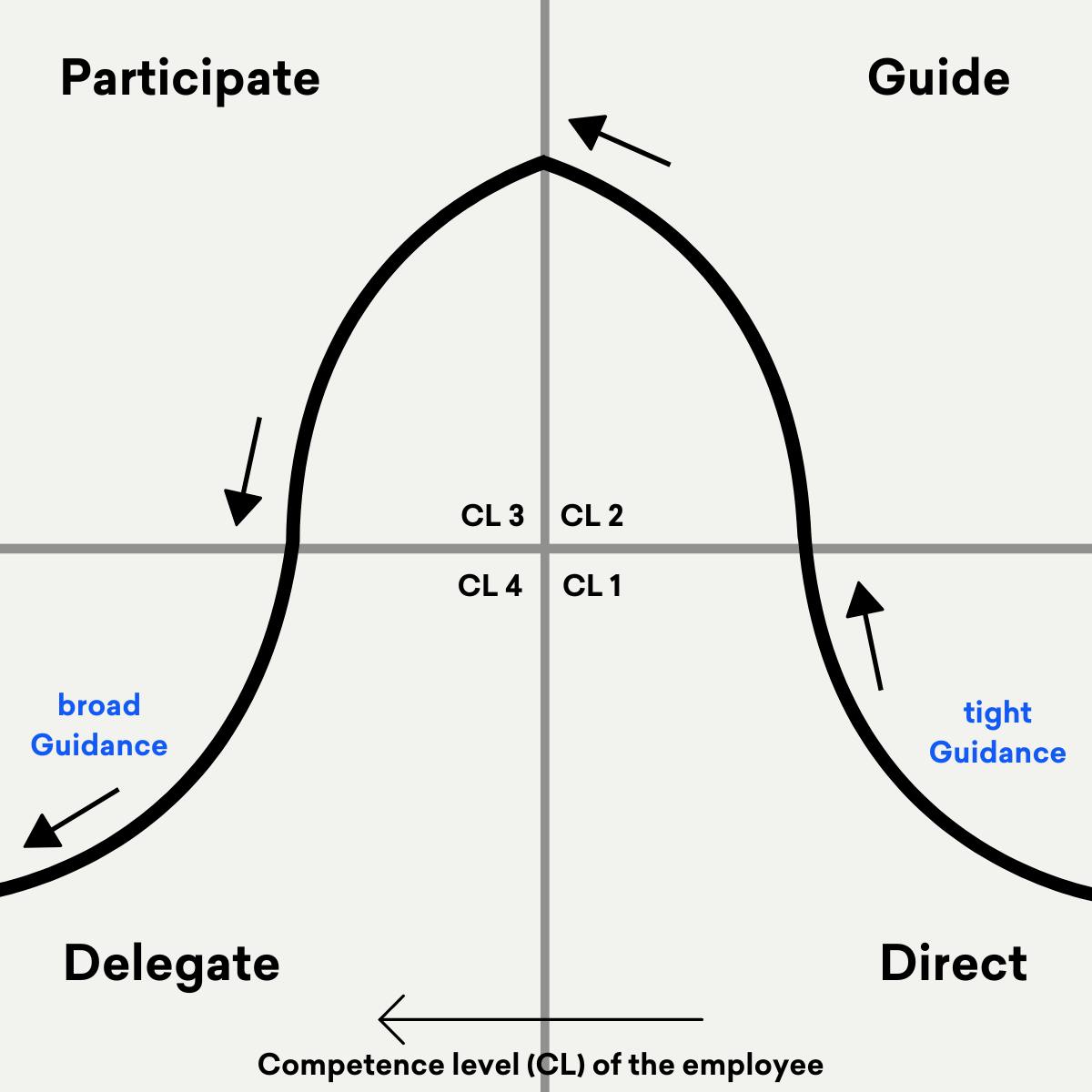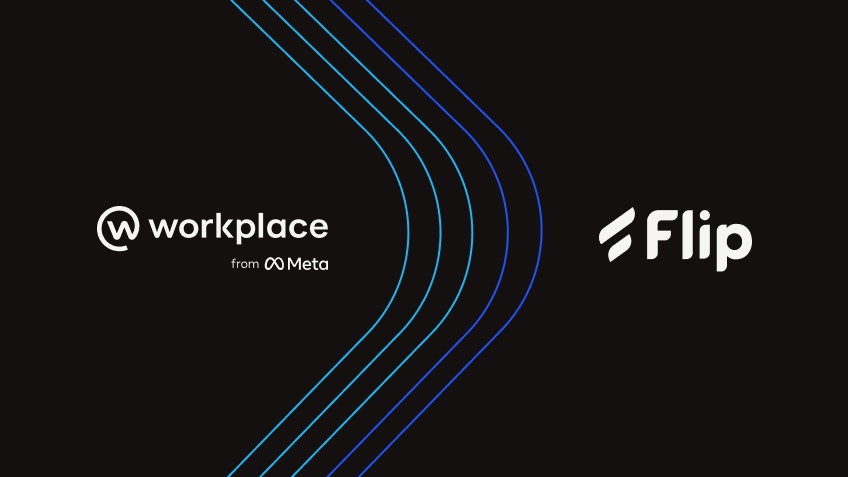20.03.2023
HR & New Work
4 min read


Speaking one language: Tips for clear frontline communication
Updates not reaching your operational staff? Alex Barber, coach for frontline managers and former shop floor manager at Beiersdorf and Tesla, knows the solution. Learn from her experience and benefit from her tried-and-tested recipes for success to achieve clear communication between managers and operational staff.
"I'm not reaching my commercial employees and I can't follow up on important issues!" This is a problem that executive coach Alex Barber often hears in conversations with companies. But why do so many managers still have this issue?
Two reasons why companies don't reach their employees
Reason 1: Information isn't accessible to all
Do you have the technical means to reach all your staff? Those who rely on outdated mechanisms like bulletin boards when choosing tools for internal communication will already be shaking their heads here. But even companies with intranet access make it difficult for commercial employees to stay on the ball.
Typically, there are no or too few terminal devices accessible on-site, and access from personal smartphones can be tricky. The communication channels don't fit naturally into frontline staff's daily work. Often, face-to-face communication isn't optimal either.
Reason 2: Managers speak "another language"
Is your message getting through to your workforce? The problem can often be found at the content communication level. Managers have more background knowledge than their teams regarding many decisions. This is precisely why they should comprehensively explain important information when communicating it.
A mere instruction like "We have to cut material costs" raises more questions among the staff: "Why?", "To what extent?" and "Where do we start?". Only give clear information and prepare it visually to engage your colleagues and create a full understanding.
Communicate from the perspective of your employees. This means: target group-oriented and in the right formats. Remember that your team often doesn't have the same knowledge of business information as you do.

Alex Barber
Frontline Leadership Coach at Frontline Sidekicks
It's now clear why you can't reach your workforce as you wish. However, what should frontline managers keep in mind to ensure that implementing Alex's advice results in success? If leaders want to speak the same language as their employees, they must listen and be open to feedback.
What makes your workforce tick: money or feeling valued?
Alex Barber often deals with stereotypes in her work. 'Frontline employees aren't interested in helping to shape processes' or 'they're always opposed to digitalization'. Companies often assume that salary is their only motivating factor.
However, a study by the Boston Consulting Group comes to entirely different conclusions: Eight out of the ten most important factors that motivate commercial employees to quit relate to emotional rather than functional needs. At the top of the list:
- The feeling of being treated fairly and respected
- The appreciation of doing work that is meaningful and enjoyable
- A good relationship with the supervisor
'They just want to work, not think'. This is a common but totally incorrect assumption about frontline leaders.

Alex Barber
Frontline-Expert
The keyword here is situational leadership. This describes an adaptive leadership style that considers the current circumstances and the team's composition to determine the right way to lead. Instead of leading from a one-dimensional perspective, situational leaders effectively lead their organizations by recognizing which form of people management is appropriate in each situation.

Situational leadership, adapted to the level of competence of the employees
Leadership measures that are enormously successful in one situation can be completely unsuitable in another. Leadership behavior can therefore lead to very different results depending on the situation. You should adapt your leadership to the framework conditions so that you don't get into a position where your leadership behavior is unsuitable.
Thanks to this form of frontline leadership, you can quickly identify which team members have underoptimized potential. Use this knowledge to work together and effectively in the team.
Active change instead of passive resistance: Do you involve your employees in change processes?
Alex Barber also coaches frontline managers to get to know their staff to support them individually in the change process. Team and department leaders are the interfaces between management and operational staff.
If your team members approach you with criticism, the first thing to do is to understand where the dissatisfaction comes from and what can be learned from the feedback. An open space for feedback contributes significantly to a successful change process.
It's important to take complaints from employees seriously. Those who complain also show interest - and it's precisely these colleagues that we need. You should think about integrating them into the project team as 'natural critics'.
Alex Barber
Former Shopfloor Manager at Tesla
Actively involve your employees from the very beginning. In this way, you support two decisive factors:
The innovation process: People directly involved in the process can often better assess where problems occur and where there is potential for improvement. Most of the time, the only thing missing at this crucial step is the right platform to share their feedback.
One of the most significant advantages of an employee app is to create a channel that works both ways: Top-down from management to the workforce and bottom-up from your employees to you. Encourage your frontline staff to engage and challenge processes actively. Integrated innovation management allows everyone to participate in the process and simplify everyday work.
💡 5 tips from leadership coach Alex Barber
- Establish a platform that allows everyone to be informed and receive feedback at the same time.
- Communicate clearly and in a way that is appropriate to the target group - keeping in mind the knowledge of the respective recipient group.
- Get to know your team members to facilitate a situational leadership style.
- Support an appreciative grievance culture and work with your team's feedback.
- Actively involve your colleagues in the change process.
The Motivation: Appreciation is high on the wish list of frontline employees. By implementing suggestions directly from staff, you signal to your employees that you want to work on processes together. The implementation of feedback automatically supports the motivation to implement changes and to live them actively. With this, you move towards a participatory corporate culture that strengthens individual competencies and leads to further independent development.
Interested to learn more? In the podcast "Sichtwechsel, Schichtwechsel" (German Speaking) by Alex Barber, you'll find further exciting insights and experiences from the true experts of the shop floor: the commercial employees and managers. Happy listening!







